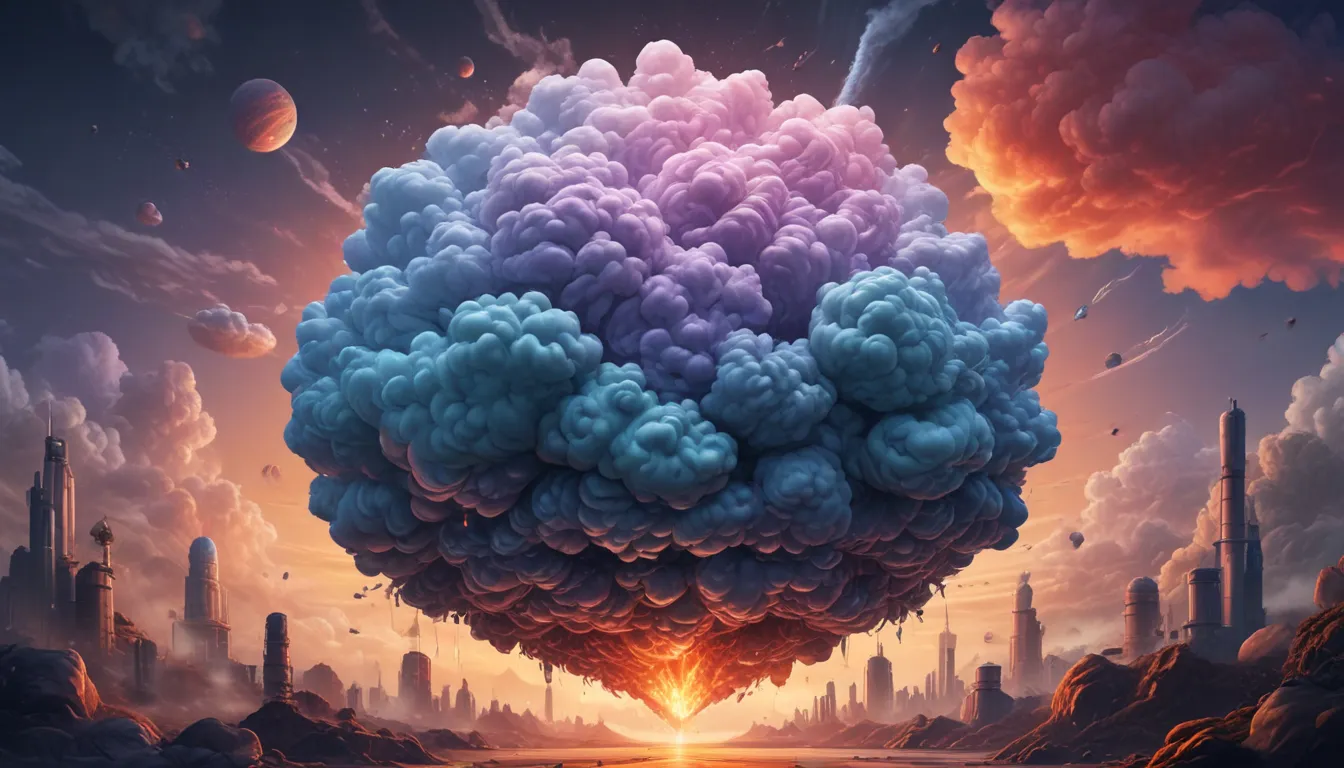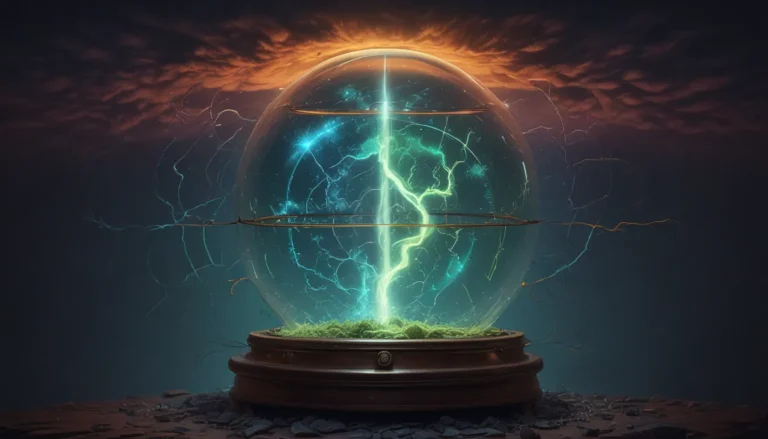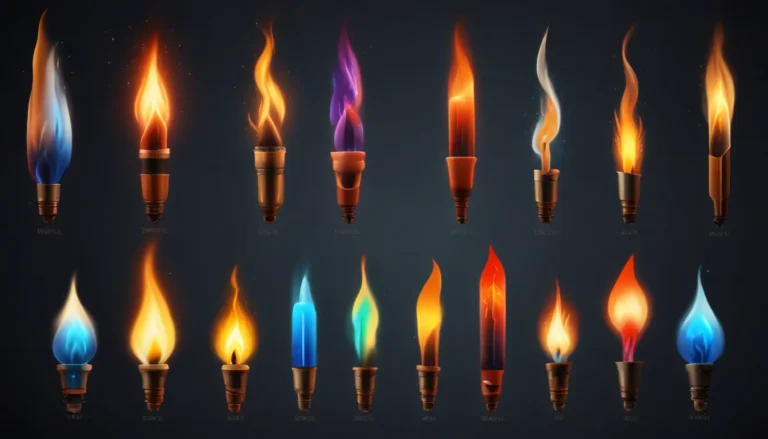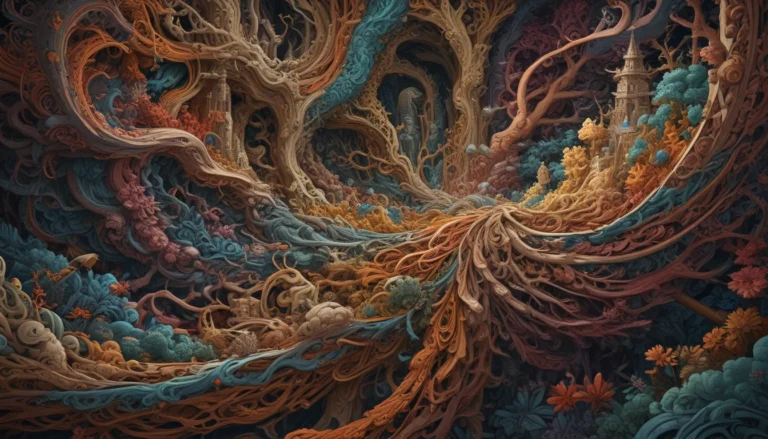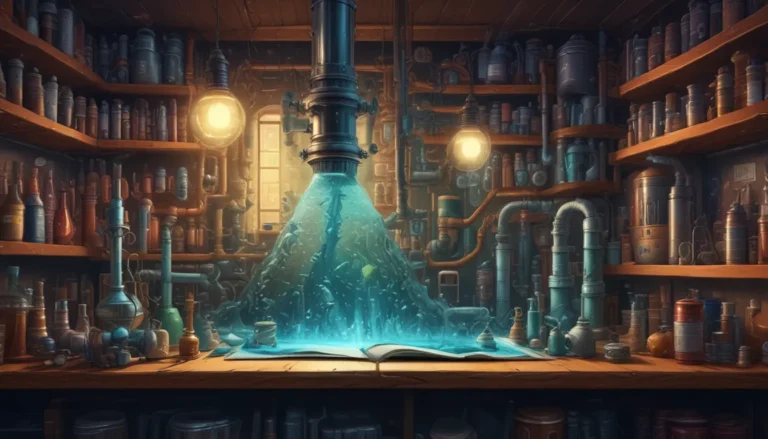A Note About Images: The images used in our articles are for illustration purposes only and may not exactly match the content. They are meant to engage readers, but the text should be relied upon for accurate information.
Welcome to the captivating realm of ideal gases, where the mysteries of chemistry unfold before our eyes! Have you ever wondered about the theoretical concept of ideal gases and their role in understanding the behavior of matter? If so, you’re in for a treat as we delve into the fascinating world of ideal gases and uncover 15 captivating facts that will enhance your understanding of this intriguing subject.
Understanding Ideal Gases
What exactly is an ideal gas? Ideal gas is a theoretical concept in physics and chemistry that describes a gas composed of particles with negligible volume and no interaction between them. This concept simplifies calculations and helps us grasp the behavior of gases under idealized conditions, providing valuable insights into the principles and laws that govern the behavior of matter.
The Ideal Gas Law: Unraveling the Equation
The ideal gas law, represented as PV = nRT, is the cornerstone of understanding ideal gases. This equation relates the pressure (P), volume (V), number of moles (n), gas constant (R), and temperature (T) of an ideal gas. Widely used in thermodynamics, the ideal gas law predicts gas behavior in various experimental conditions, offering a vital tool for engineers and researchers alike.
The Kinetic Theory of Gases: Explained
The kinetic theory of gases sheds light on the behavior of gases, including ideal gases, by focusing on the motion of their particles. According to this theory, gas particles are in constant, random motion, with kinetic energy directly proportional to the gas’s temperature. This foundational principle helps us understand how gases behave in different scenarios.
Exploring the Laws of Ideal Gases
-
Boyle’s Law: Boyle’s law states that the volume of an ideal gas is inversely proportional to its pressure at a constant temperature. This relationship is expressed as PV = constant.
-
Charles’s Law: Charles’s law dictates that the volume of an ideal gas is directly proportional to its temperature at a constant pressure. The relationship is expressed as V/T = constant.
-
Avogadro’s Law: Avogadro’s law asserts that the volume of an ideal gas is directly proportional to the number of moles of the gas at a constant temperature and pressure. The relationship is expressed as V/n = constant.
-
Combined Gas Law: The combined gas law amalgamates Boyle’s, Charles’s, and Avogadro’s laws into a single equation, enabling the calculation of changes in pressure, volume, and temperature of an ideal gas under constant conditions.
Fact or Fiction? Ideal Gases in Real Life
While ideal gases serve as a useful theoretical tool, real gases rarely conform to ideal behavior under all circumstances. Real gases deviate from ideal behavior at high pressures or low temperatures. Despite this discrepancy, real gases can approximate ideal gas behavior under specific conditions, known as the ideal gas limit.
The Impact of Ideal Gases in Industry
Ideal gas concepts play a pivotal role in engineering and industry, facilitating the design and analysis of gas-involved systems. From air conditioning and refrigeration to power generation and chemical processes, ideal gas behavior is an indispensable consideration in various industrial applications.
Embracing Ideal Gases: A Journey of Discovery
In conclusion, ideal gases are a captivating subject in chemistry, offering profound insights into the fundamental principles of matter. By unraveling the mysteries of ideal gases, we deepen our knowledge of how gases behave under different conditions, fostering a deeper understanding of the world around us. Whether you’re a chemistry enthusiast or simply curious about the wonders of chemistry, exploring ideal gases can enrich your perspective and open new doors of discovery.
As we embark on this fascinating journey into the world of ideal gases, let’s remember the invaluable role these concepts play in simplifying complex systems, enabling convenient calculations, and predicting the behavior of gases in diverse scenarios. Ideal gases are not just theoretical constructs but essential tools that shape our understanding of the physical world.
FAQs: Your Burning Questions Answered
-
What is an ideal gas?
An ideal gas is a hypothetical gas that follows the ideal gas law, describing the relationship between pressure, volume, temperature, and number of particles. -
Are real gases considered ideal?
Real gases do not perfectly adhere to the ideal gas law but can exhibit similar properties under specific conditions. -
What is the ideal gas law?
The ideal gas law, PV = nRT, relates pressure, volume, number of gas particles, gas constant, and temperature for an ideal gas. -
Can an ideal gas be liquefied?
No, an ideal gas cannot be liquefied due to the assumption that particles do not interact. Real gases can be liquefied through cooling and pressure. -
Is air considered an ideal gas?
Air is not considered an ideal gas due to its composition, but it can exhibit ideal gas behavior under certain conditions. -
Why are ideal gases important in chemistry?
Ideal gases serve as simplified models to understand the behavior of real gases, contributing to various fields of chemistry and related disciplines.
As we conclude our exploration of ideal gases, remember to embrace the sheer wonder and complexity of these concepts. Let the mysteries of ideal gases intrigue and inspire you as you continue your quest for knowledge and understanding in the ever-evolving world of chemistry.
